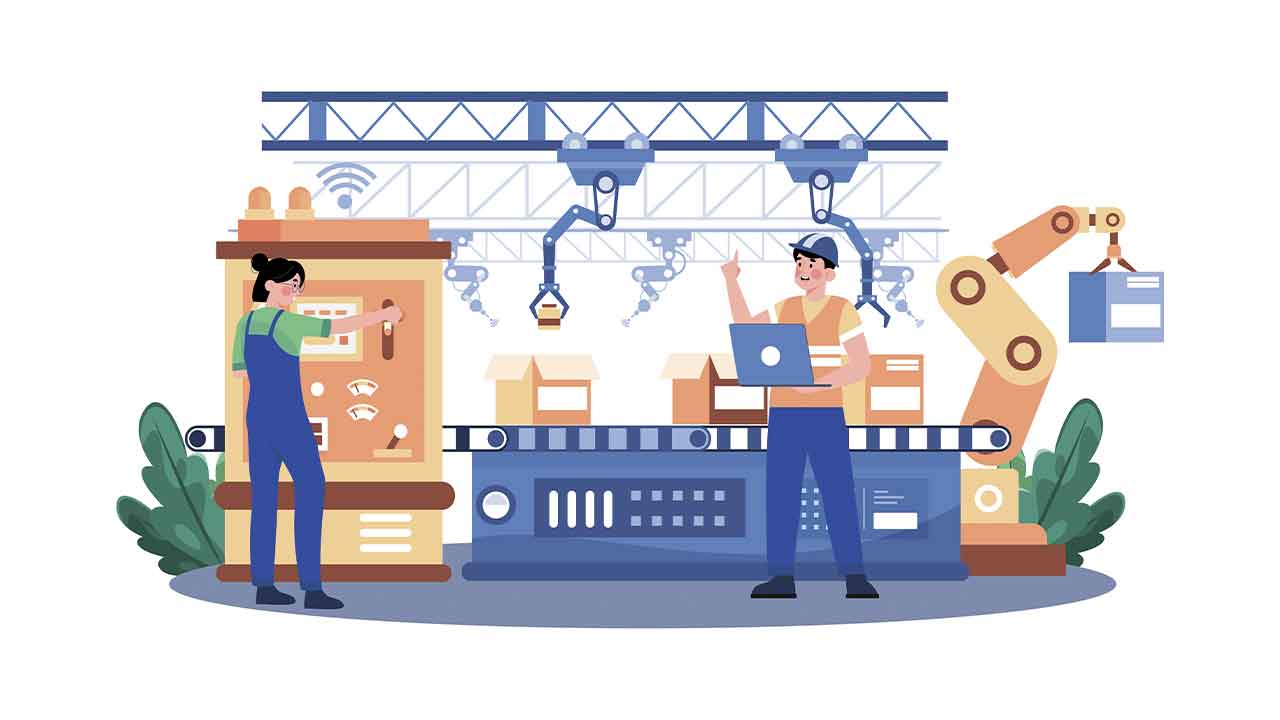What Digital Transformation Progress Means For Growing Businesses
Digital transformation may still be high on the priority list for midsize companies, but their perspectives and expectations have certainly evolved. Instead of simply improving customer experiences, strengthening brand recognition, and boosting sales, they are going even deeper in their plans to drive structural changes, including increased sustainability in products and services.
SAP Insights research data underscores the increasing role of digitalization and business transformation. Two-thirds of surveyed leaders from midsize companies have either transformed some planned areas or have completed their journey as initially conceived.
It’s impressive how far organizations have come. A decade ago, only 2% of them used the term “digital” at least once when naming their top priorities. That figure has now soared to more than 25% and will likely double in the next two years as companies find their path toward ongoing business growth.2
But there is one detail that cannot be ignored: progress can bring multiple islands of transformation and innovation running separately from the core IT platform.
Rising urgency for connectivity and modularity
No matter how groundbreaking the innovation or technology, it must still run in an environment that is connected, integrated, and flexible. Companies with a fully integrated, business-wide technology architecture are well-positioned to pivot their digital capabilities and processes responsively, change their operating model quickly, and grow faster than the industry average.
For example, during massive growth through acquisition, expansion, or the launch of a new product line or service, most growing companies choose to digitalize their paper-based processes from the moment spend is captured to expense reimbursement. However, they can benefit more from a cloud-based system that connects all expenses and invoice spending in one system and shares that information with a business-wide ERP.
As business leaders focus more on their productivity and efficiency, the impact of digitalization initiatives like this can be dramatic. In addition to accelerating processing and eliminating the risk of missing documentation, the overall experience becomes simpler, faster, and more convenient. Submitters gain single sign-on access to a mobile app that allows them to capture transactions on the go. At the same time, the finance team can improve its intercompany processes with OCR-enabled bank statement recognition and better transparency into business spending.
The reason cloud ERP is particularly well-designed for such transformation is largely attributed to its modular nature. Artificial intelligence, machine learning, advanced analytics, and other intelligent technologies are embedded in the ERP, serving as innovation building blocks that allow organizations to rapidly realign and consolidate data, applications, and processes around digital strategies.
As businesses have the elasticity and interconnectedness to reinvent themselves as needed, the technology landscape becomes the business architecture. In other words, instead of functioning as a business enabler, the cloud ERP becomes part of the business ‒ empowering people to make decisions strategically, act confidently, and innovate better ways to get work done.
More innovation by letting people do more of it
Digital transformation should never become a bottleneck. However, in this technological era of automated workflows and processes, intelligent chatbots, and no-code and low-code development tools, it’s clear that most people are motivated to reimagine their organizations and area of expertise. More about Challenges of Digital Transformation in Manufacturing
The key to avoiding the “chaos trap” of digital progress is using a business-wide governance framework that enables connectivity, integration, and flexibility. And with a cloud ERP, growing businesses can pair industry-leading best practices with modern technologies and hot trends on digital transformation to pursue ideas that can result in better business performance today and stronger competitivity in the future.
This article was written by Timo Elliott, Vice President and Global Innovation Evangelist, SAP and originally it was published here.



